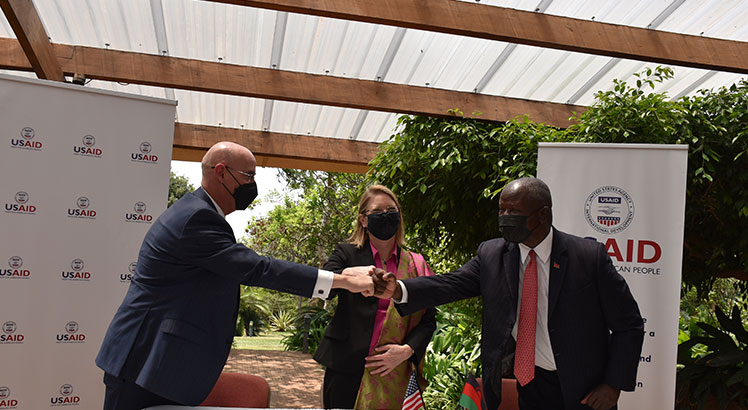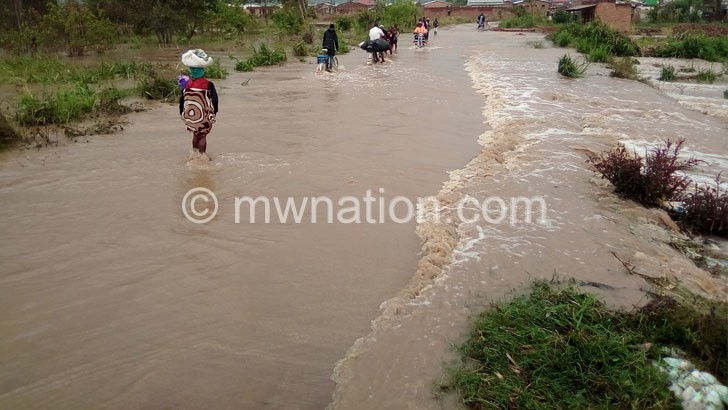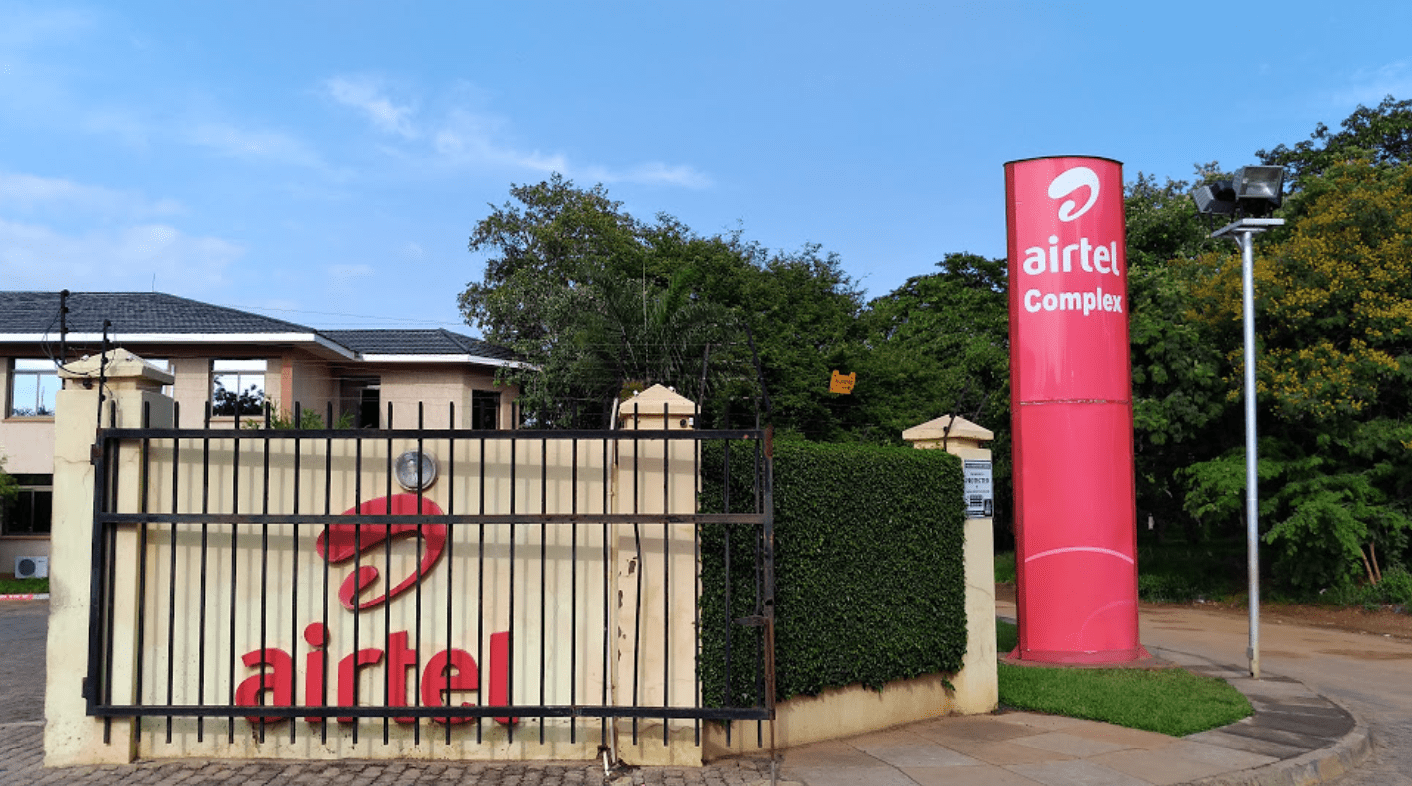Malawi to get K1TN USA aid
Malawi and United States of America have signed a fresh five-year bilateral assistance agreement which will see US Agency for International Development (USaid) disbursing $1.2 billion (about K1 trillion) to support Malawi 2063 agenda.
Under the deal, both parties commit to work towards developing a more self-reliant Malawi that is gender-equitable and democratically accountable.
Through the grant aid, the US government and Capital Hill will coordinate a range of development projects that empower Malawi’s youth to lead healthy, informed and productive lives.
It will also strengthen the public sector’s accountability and effectiveness and increase inclusive and sustainable wealth generation through private sector investment as espoused in the Malawi 2063, the country’s long-term development strategy with periodic targets.

The Nation understands that the resources will be provided in form of technical assistance through local and international non-governmental organisations (NGOs) that work with USaid in the country.
Speaking during the signing of the agreement in Lilongwe yesterday, US Ambassador Robert Scott said through their “robust consultations,” USaid and the Malawi Government have agreed to heighten their coordination on a range of development projects.
He said: “Our commitment means that more adolescent girls will be able to go to secondary schools in their own communities. It means that more citizens will have the information and access they need to demand better services from their local governments.
“It means that farmers with profitable, resilient livelihoods are able to better address climate stresses. And, it means that health workers are better equipped to meet the next pandemic when it comes.”
Minister of Finance Felix Mlusu, who described the new grant aid as “not a simple commitment”, said as a low-income country, one of Malawi’s main impediments to socio-economic development is lack of resources to finance various development initiatives.
The minister said: “As a government, we have an idea of where we want to take this country in terms of development. These ideas are clearly outlined in the Malawi 2063 and other policy documents which we have prepared.
“However, our main challenge is lack of financing to fund such projects. Consequently, these nicely prepared plans remain unimplemented and are just filed away as we wait for funding.”
Mlusu said Washington DC’s support in the areas of economic empowerment, natural resource management, youth and human development and private sector development remains critical to Malawi’s development agenda.
He also said the capacity of Malawi’s public sector to provide the needed public services such as health and education will be greatly enhanced by the resources committed through the new grant aid.
But the minister admitted that while the country is celebrating the signing of the deal, the most difficult journey lies ahead where Capital Hill must translate the monetary resources into various products, activities and outputs.
“These resources must be processed to create GDP [gross domestic product] either through increased products or incomes for Malawians,” he said.
In an interview yesterday, international development expert Peter Yakobe hailed the US government for committing to Malawi K1 trillion at a time most countries are battling with the ravaging effects of Covid-19 pandemic.
The Malawi 2063 replaces Vision 2020 which expired last December and is associated with a high failure rate as most of its key targets were not achieved during its implementation period (between the years 2000 and 2020).
Launched on January 19 2021 by President Lazarus Chakwera, the new development masterplan aims to transform Malawi into a wealthy and self-reliant industrialised ‘upper middle-income country’ by the year 2063.
It projects that if the economy grows at an annual average rate of six percent, the country could attain the low middle-income status by 2030.
A lower middle income country is classified by the World Bank as having attained a gross nation income (GNI) per-capita income range of between $1 036 (about K850 000) and $4 045 (about K3 400 000) per annum.
On one hand, the global multilateral lender defines an upper middle income country as the one with a GNI per-capita income range of between $4 046 and $12 535 per year.
By signing the new 2021-2025 Development Objective Grant Agreement (Daog) yesterday, it means the US government, through its international development arm, Usaid, has committed to deliver funding for development projects in Malawi worth about $240 million each year (about K204 billion), for the next five years through its new Country Development Cooperation Strategy (CDCS).
In 2018, Malawi inaugurated various projects under the US Compact in which the Millennium Challenge Corporation (MCC) invested $350.1 million in the power sector.
Currently, both Malawi and the US government are developing a second compact which will focus on land, transport and growth accelerators.
According to USaid’s 2020-2025 CDCS, USaid plans to work closely with Malawi government and civil society with the aim of realising a more self-reliant Malawi as envisioned by the Malawi 2063.
Malawi 2063 focuses on three development objectives, namely strengthening the accountability and effectiveness of the public sector, helping Malawi’s youth lead healthy, informed, and productive lives, as well as invigorating the private sector to increase inclusive and sustainable wealth generation.






One Comment